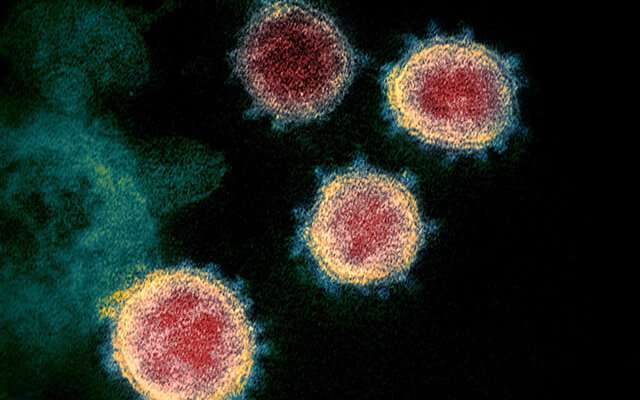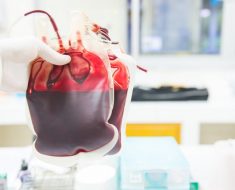
Cornell University researchers studying the structure of the virus that causes COVID-19 have found a unique feature that could explain why it is so transmissible between people.
Researchers also note that, aside from primates, cats, ferrets and mink are the animal species apparently most susceptible to the human virus.
Gary Whittaker, professor of virology, is the senior author on the study, which identifies a structural loop in the SARS-CoV-2 spike protein, the area of the virus that facilitates entry into a cell, and a sequence of four amino acids in this loop that is different from other known human coronaviruses in this viral lineage.
An analysis of the lineage of SARS-CoV-2 showed it shared properties of the closely related SARS-CoV-1, which first appeared in humans in 2003 and is lethal but not highly contagious, and HCoV-HKU1, a highly transmissible but relatively benign human coronavirus. SARS-CoV-2 is both highly transmissible and lethal.
“It’s got this strange combination of both properties,” Whittaker said. “The prediction is that the loop is very important to transmissibility or stability, or both.”
Whittaker said the researchers are focused on further study of this structural loop and the sequence of four amino acids.
Cats, ferrets and minks are also susceptible. In order to infect a cell, features of the spike protein must bind with a receptor on the host cell’s surface, and cats have a receptor binding site that closely matches that of humans. To date, infections in cats appear to be mild and infrequent, and there is not evidence that cats can, in turn, infect humans.
Source: Read Full Article





